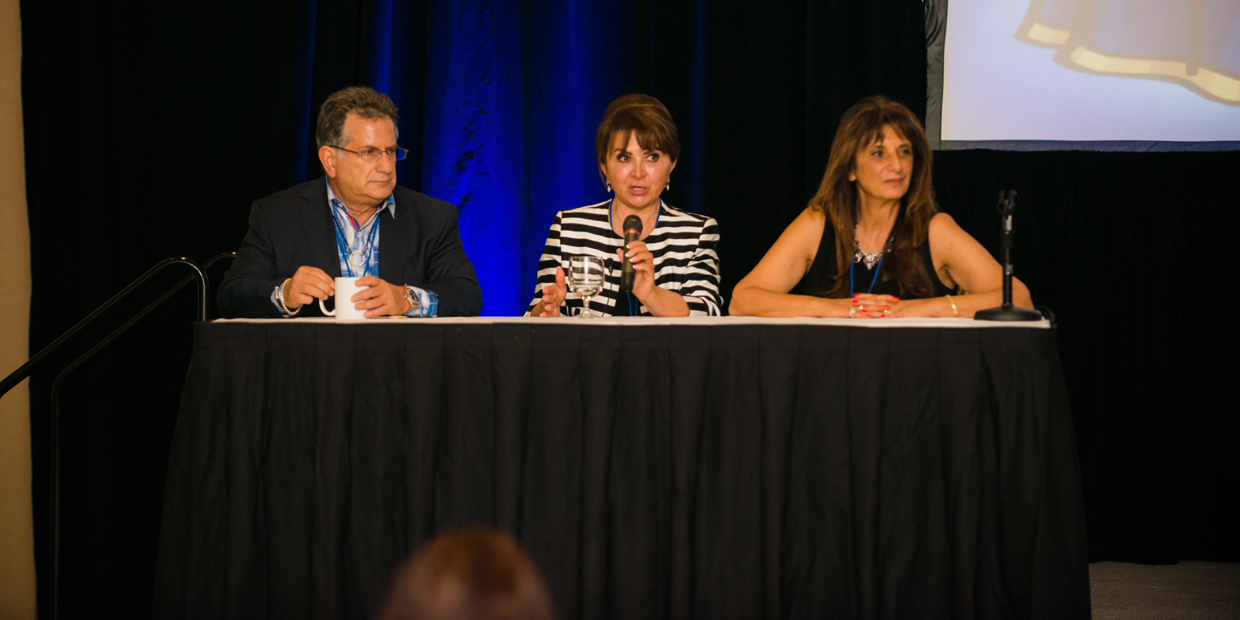Invasive lobular carcinoma breast
Invasive Lobular Carcinoma Breast : The milk producing glands

Invasive lobular carcinoma breast. It begins when cells in milk-producing glands of the breast develop mutations in the patient DNA
Invasive lobular carcinoma breast is a type of breast cancer whose origin can be traced from the milk producing glands (lobules) of the breast. It simply means that the cancer cells have broken out of their formation point from the lobule where and have the greater potential of spreading to the lymph nodes and other areas of the body. Doctor Dalal Akoury MD, President and founder of AWAREmed health and wellness resource center explains that the Invasive lobular carcinoma makes up a small portion of all breast cancers. Normally, most of the well-known types of breast cancer starts from the breast ducts (invasive ductal carcinoma). Naturally, this type of cancer does not form a lump as is common with other breast cancers. On the contrary, there will be some changes on the breast that feels like a thickening or fullness in one part of the breast which is different from the surrounding breast tissue.
Invasive lobular carcinoma breast: Symptoms
In the earliest stages of its formation, invasive lobular carcinoma it may not be easy to identify some signs and symptoms however, as it continues to grow, the following may become evident:
- An area of thickening in part of the breast
- A new area of fullness or swelling in the breast
- A change in the texture or appearance of the skin over the breast in the texture of an orange peels
- A newly inverted nipple
Invasive lobular carcinoma is less likely than other forms of breast cancer to cause a firm or distinct breast lump.
Invasive lobular carcinoma breast: When to see a doctor
Whenever you’re feeling strange in your body and having noticed some signs and symptoms, waste no time in seeking an appointment with your doctor. Depending on your condition, it is possible that the doctor will perform an examination to determine whether you need a diagnostic mammogram or a breast ultrasound. While at the doctor’s office, enquire from him/her to begin screening tests for breast cancer. This is essential in early detection of cancer way ahead even before the seeing any signs or symptoms. Routine test screening include a physical exam and a breast X-ray (mammogram).
And for those with a history of breast cancer or other factors that may increase risks of breast cancer in their lineage, experts are likely to recommend beginning screening mammograms or other tests at an earlier age. Like many other experts’, doctor Akoury is in agreement that invasive lobular carcinoma begins when cells in milk-producing glands of the breast develop mutations in the patient DNA. The mutations lead to the inability to control cell growth, which results in the cells dividing and growing rapidly. Depending on the aggressiveness of the cancer type, the cancer cells can spread to other parts of the body. Lobular carcinoma cells has a characteristic of invading the surrounding breast tissue taking the shape of a star. The affected area may have a different feel from the surrounding breast tissue, more like a thickening and fullness without necessarily feeling like a lump. If you have any concerns about this disease, you may want to schedule an appointment with doctor Akoury today for further professional advice.
Invasive lobular carcinoma breast: The milk producing glands








